Figures & data
TABLE 1 Conditions, engine characteristics, and fuel composition data for APEX-3 and AAFEX aircraft emissions tests
FIG. 1 Mass spectra for the factors identified using PMF for the combined APEX-3 and AAFEX organic PM emissions dataset. (Color figure available online.)
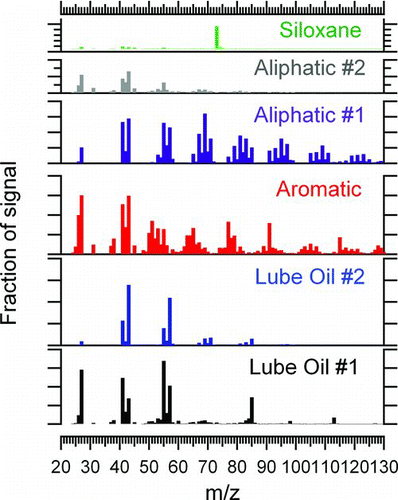
TABLE 2 High-resolution mass spectrometer molecular ion assignments
FIG. 2 Composition of the different categories of fragments identified in by fitting the high-resolution mass spectrometer data, as shown in . Here, “mixed fragments” refer to fragments with contributions from the lubrication oil, aliphatic, and aromatic factors. (Color figure available online.)
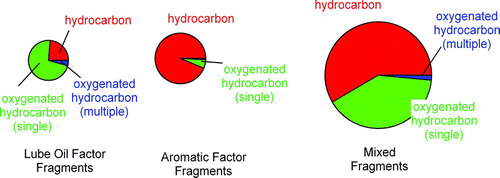
FIG. 3 Organic PM mass loadings for the two representative aircraft engines: (a) RB211–535E4-B and (b) CJ6108A. Data are shown as “stacked plots” so that the total of the individual factors can be compared directly with the total organic PM loading measured by the AMS. (Color figure available online.)

FIG. 4 Lubrication oil EIs for the different engines, averaged over all available power conditions. (Color figure available online.)
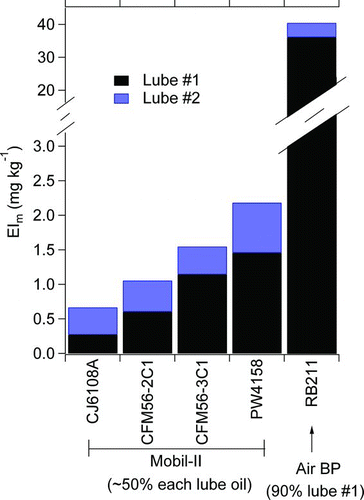
FIG. 5 Composite organic PM mass loadings for all of the engines considered in this study. Data are shown as “stacked plots” so that the total of the individual factors can be compared directly with the total organic PM loading measured by the AMS. (Color figure available online.)
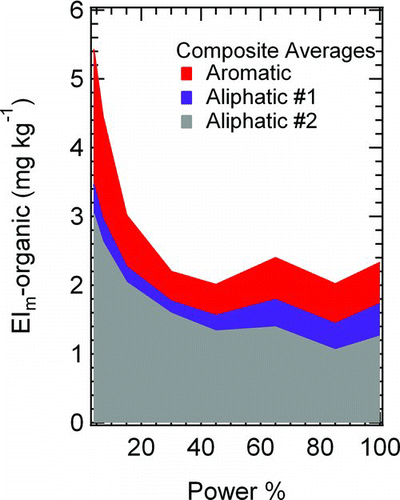
FIG. 6 Combustion-sourced organic PM EIs plotted as functions of power, alongside two other tracers of combustion inefficiency: benzene and black carbon soot. Data are shown for two aircraft engines: (a) RB211–535E4-B and (b) CJ6108A. ▪ Black carbon soot; • benzene (gas phase); ▴ aromatic; ▸◂ aliphatic #1; • aliphatic #2. (Color figure available online.)
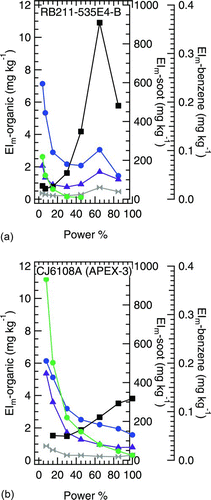
FIG. 7 Parity plots between PMF-identified factors in the aircraft organic PM: aromatic factor correlates benzene emissions (a); and aliphatic #1 factor correlates with soot emissions (b). (Color figure available online.)

